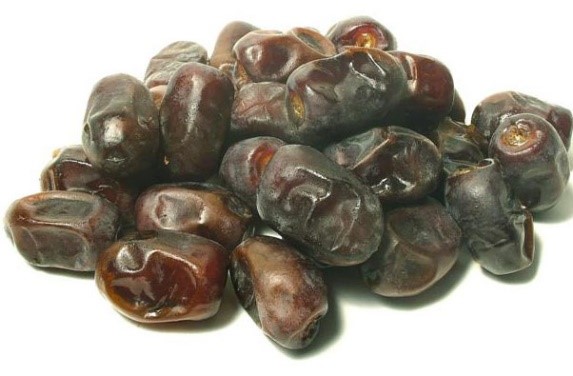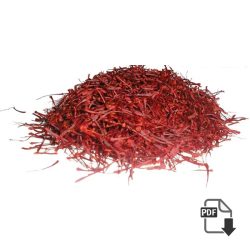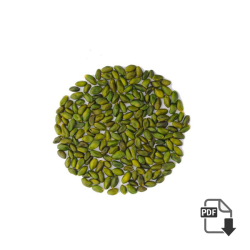Grains Category
Please for more information or any inquiry click here ……
grains = cereals = cereal grains
Fruit grains form the base of the Food Guide Pyramid, and nutritionists are constantly nagging us to eat more of them. Sure they’re a bit bland,(Grains Category) but they’re high in nutrients, low in fat, and dirt cheap.
Cooks usually consign grains to supporting roles, letting them absorb the flavors of other ingredients while adding texture and body. It often helps to toast grains briefly before cooking them so as to bring out the flavor and speed up the cooking time.
Most grains have been processed by the time they reach us. The first step at the mill is to remove the inedible outer hull, yielding what’s called a whole grain, berry, or groat. Whole grains are nutritious, but they’re chewy and slow to cook. To fix that, the nutritious bran layer beneath the hull is sometimes scoured off as well, resulting in a pearled or polished grain. Whole or polished grains are then sometimes ground, rolled, or chopped into flakes, small grits, meal, or flour.
Rice Rice: Rice is the most important food crop in Asia. It can be cooked whole and served with stir-fries, sauces, and curries, or made into flour, wine, cakes, vinegar, milk, flakes, noodles, paper, and tea.
Wheat: Wheat’s got a pleasant, nutty flavor and lots of nutrients, but it’s prized most for being rich in gluten, the stuff that makes baked goods rise. Most wheat is ground into flour, but whole or cracked grains are used in pilafs and salads, and wheat flakes are made into hot cereals or granolas.
CornCorn: This is the only grain that’s commonly eaten as a fresh vegetable. Native to the Americas, corn is a great source of vitamin A, fiber, and other nutrients. When corn comes into season during the summer, it’s common to see people in supermarkets peeling back husks in search of ears with perfect rows of kernels. Grains Category
OatsOats: Oats are highly nutritious and filled with cholesterol-fighting soluble fiber. They also have a pleasant, nutty flavor. Most of us are familiar with rolled oats, which are used as a hot breakfast cereal and cookie ingredient, but many health food stores also stock oat groats and oat bran.
BarleyBarley: Barley’s been feeding humans for millennia, though it fell out of favor during the last one as people came to see it as low-brow peasant fare. It’s most often used in soups and stews, where it serves as both a puffy grain and a thickener, but it also makes a nice side dish or salad. At most markets, you’ll have to choose between two types of barley. Hulled barley is the most nutritious since only the tough outer hulls are polished off. Pearl barley is polished some more so that the outer bran layer is also scrubbed off. It’s less nutritious, but more popular since it’s not as chewy as hulled barley and it cooks faster.Grains Category
Buckwheat: Buckwheat is loaded with nutrients, especially protein, and it has a nutty, earthy flavor. It’s most commonly ground into dark, gritty flour and used to make everything from pancakes to soba noodles. Eastern Europeans also like their buckwheat crushed into small groats, which they toast in oil and use to make side dishes and breakfast cereals.
RyeRye: Rye isn’t as nutritious as other grains, but it’s hardy enough to grow in very cold climates. This has made it a staple of Northern Europeans, who use it to make bread, crackers, and whiskey. It has a distinctive, hearty flavor that’s best when combined with other assertive ingredients.Grains Category
KamutKamut: This ancient grain is related to durum wheat, and was reintroduced to the world after an American found some kernels of it in an Egyptian tomb. It’s high in protein and has a sweet, buttery flavor. Though it contains gluten, it’s tolerated by many people with gluten allergies.
TriticaleTriticale: Triticale is a wheat-rye cross that’s higher in protein than either of its parents. It has a pleasant enough wheat-like flavor, but it’s prized mostly for its hardiness and ability to grow in poor soils.
SpeltSpelt: Spelt has been around for thousands of years, but it’s recently enjoying a resurgence in popularity. It’s believed to be a relative of wheat, and it tastes like a mild version of it. Though it contains gluten, it’s tolerated by many people who are allergic to gluten. Grains Category
Please for more information or any inquiry click here ……
GrainOther Grains: AM-uh-ranch Equivalents: 1 cup = 195 grams Notes: These tiny ancient seeds have been cultivated in the Americas for several millennia. They’re rich in protein and calcium and have a pleasant, peppery flavor. One variety of amaranth is grown for its leaves, which are called Chinese spinach.


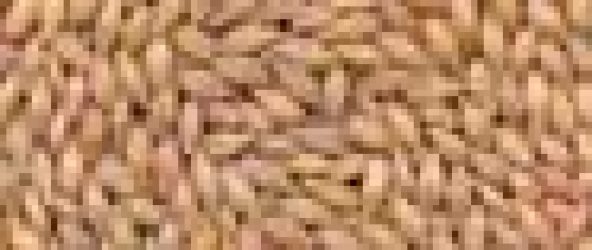

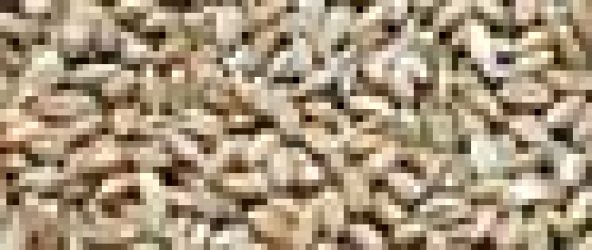

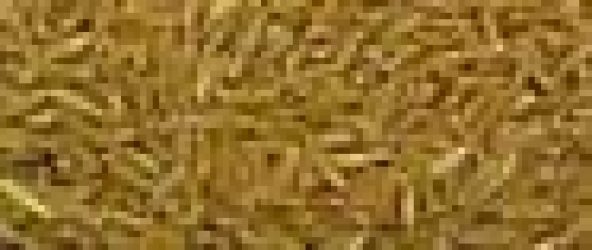




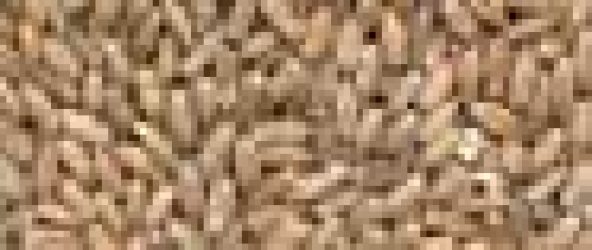

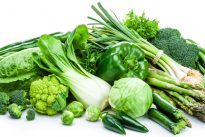

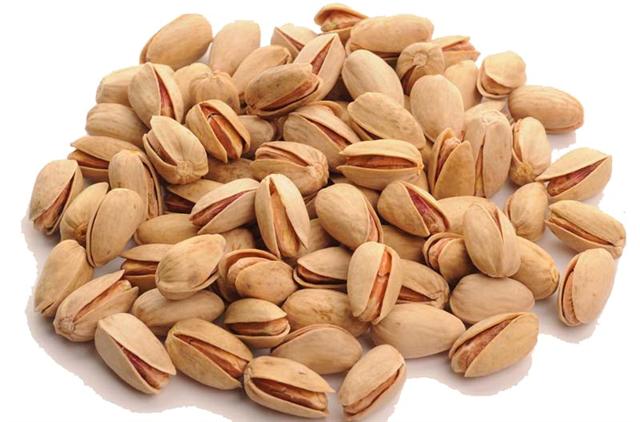
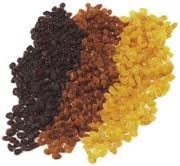 3 kind raisin
3 kind raisin 